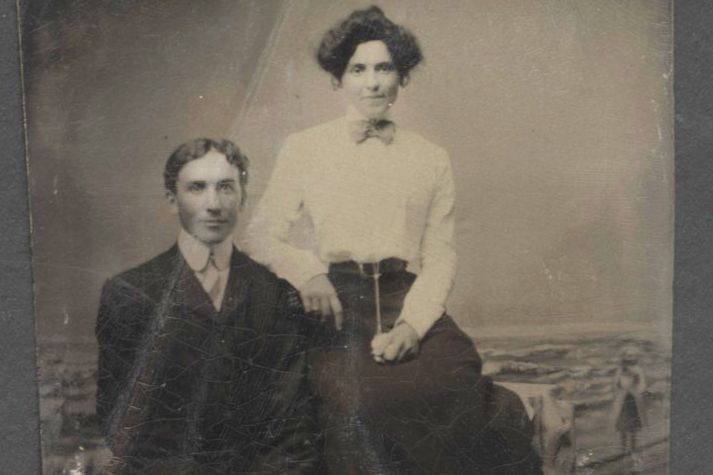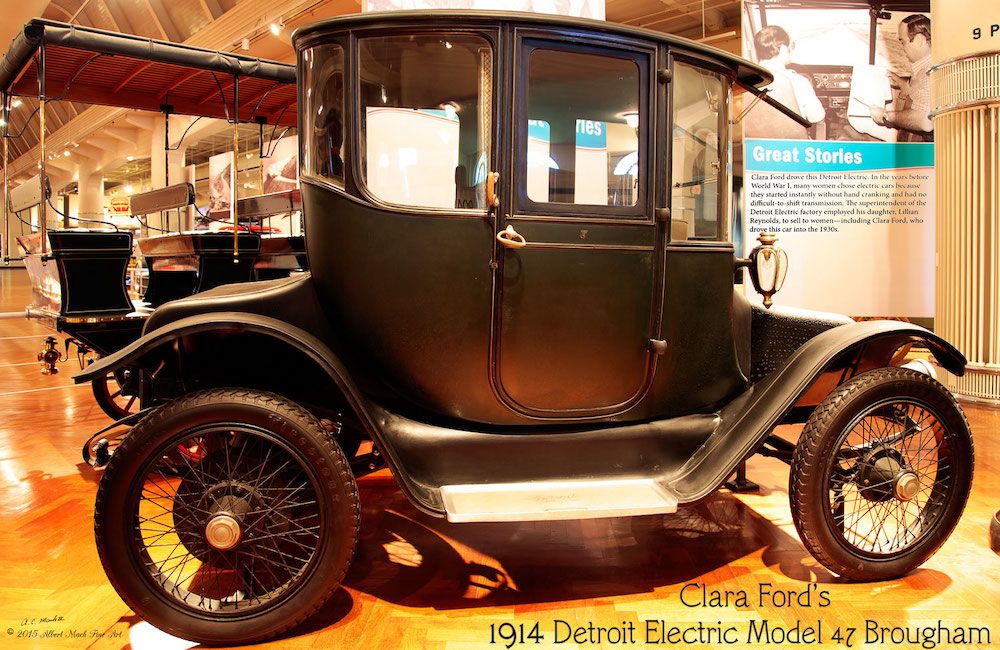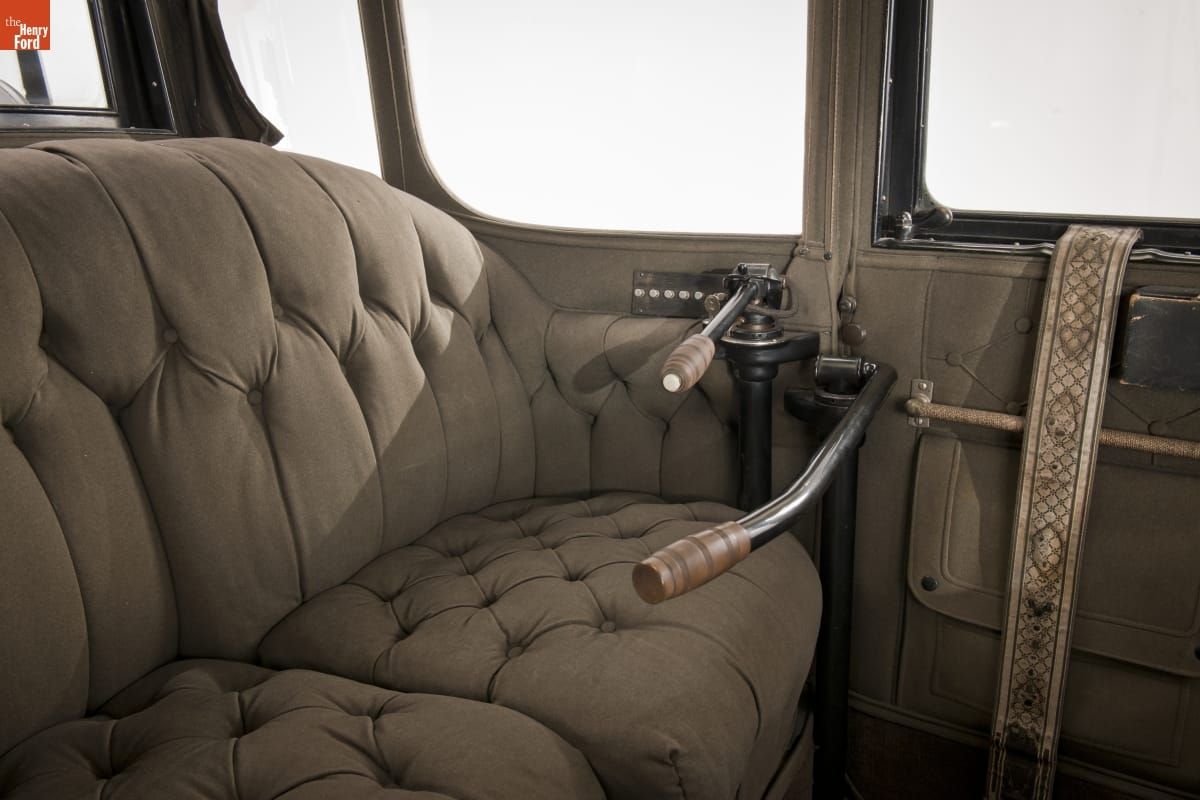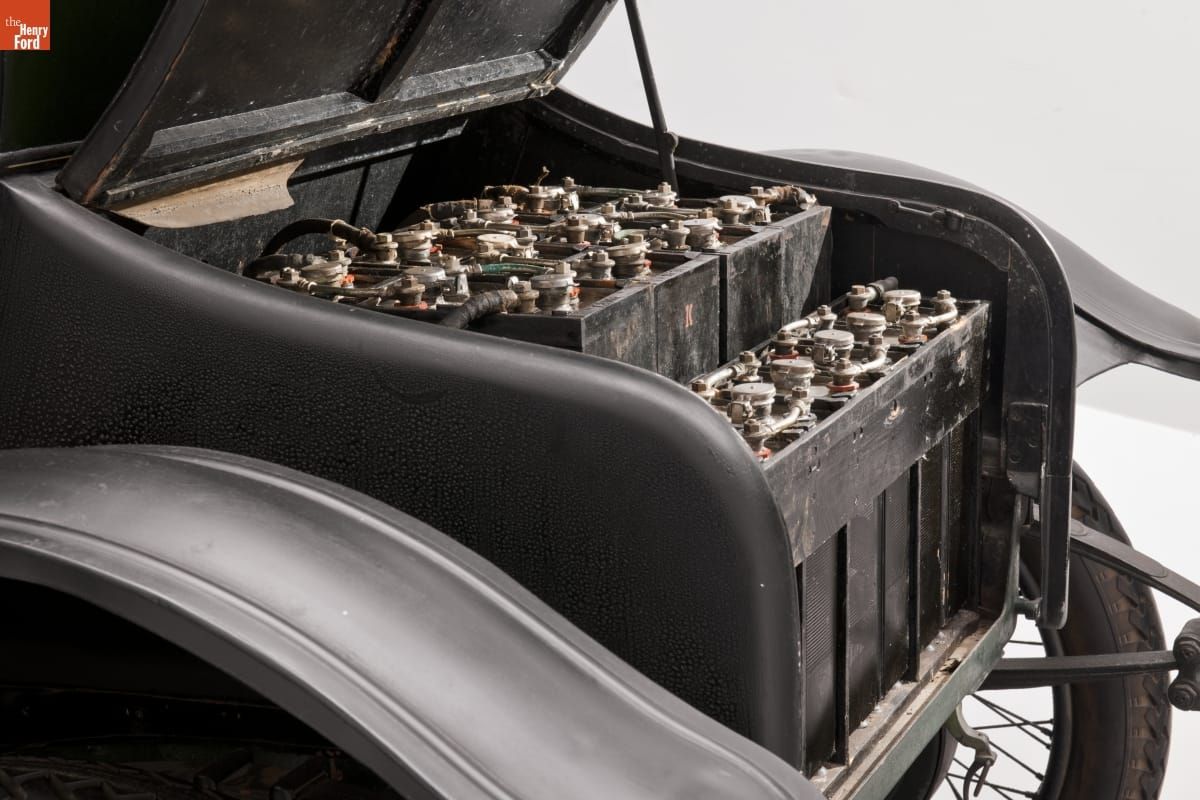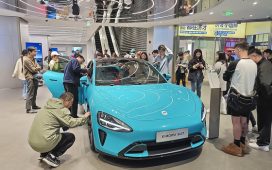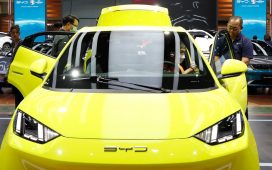Henry Ford married Clara Bryant on April 11, 1888. He would say, memorably, that the day of their wedding was the happiest day of his life. In 1914, Ford built Fair Lane, their 2,000-acre forever home. They lived on the estate until they died. Ford passed in 1947 and Clara in 1950.
Henry Ford, a world-renown businessman, founded Ford Motor Company in 1903. The first Model T rolled out in 1908. Priced to sell, the base model started cheap, just $260. But Clara would not drive one. She chose a 1914 Detroit Electric Model 47 Brougham. It was made in Detroit by the Anderson Electric Car Company. She liked her Detroit Electric and stayed loyal to the brand until the late 1930s.
Clara Was Henry Ford’s ‘Great Believer,’ Yet She Believed in Electric
Mrs. Ford was the car inventor’s “great believer.” This is how Ford spoke of her. He said she believed in him more than he believed in himself. He credited Clara for being able to realize his dream of cranking out factory cars on the first-ever automotive assembly line.
But Mrs. Ford liked battery powered cars. She went here and there visiting friends, she putted around Fair Lane, and she took her horseless carriage to town to run errands. She appreciated its clean and quiet transport in stark contrast to the toxic smell of exhaust. Electric cars were popular. In New York City, 90 percent of cabs were electric. There was a plethora of charging stations in town. In the early 1900s, 28 percent of all cars were electric.
Henry Ford Bought Clara a 1914 Detroit Electric – $3,730
Henry Ford clearly doted on his wife, and he had no objections about her buzzing around town in a swanky new car. A Detroit Electric, like Mrs. Ford’s, cost $3,730. She loved her Model 47 Brougham Detroit Electric.
In those days, owning an electric car was ideal. Driving it was a breeze. There was no difficulty shifting gears, just go and stop. It had two brakes, one for each tire. Instead of a steering wheel, there was a tiller mechanism. One direction pulls right, the other pulls left. The electric model was a great option. On one charge, the car could go about 80 miles.
The 1914 Detroit Electric was not the world’s first electric car. A Baker Electric is considered to be the “original” electric street car. But both electric cars were very popular at the start of the century.
Why Clara Loved Her 47 Brougham Detroit Electric Car
Clara Ford was an electric car enthusiast. These 47 Broughams were beautifully constructed. Anderson Electric Car Company previously made lovely horse-drawn carriages. By 1907, they made their first horseless carriage. The craftsmanship of the electric car was exquisite. It felt like sitting in a fancy parlor. More than that, it was easy to drive, quiet and clean, quick on its feet, going up to 20 mph, and simple. There was no crank to start, which was strenuous and dangerous. Limbs were lost.
Other drawbacks to operating gas cars for women during that time was having their dress catch on fire or grease soiling garments. Most women chose electric cars for similar reasons.
The Detroit Electric Is Decent For A Last Century Electric
Over a hundred years later, we’re having the same conversation about battery technology. Looking at Clara’s ride, it holds its ground with today’s standards. Her 1914 electric Model 47 Brougham packed 108 volts of electricity into 54 cells, using Edison’s nickel-iron alkaline batteries.
Edison Alkaline batteries are made of iron and nickelic oxide electrodes. Jay Leno, who actually has a 1909 Baker Electric with Edison Alkalines, says that those are better than today’s lead batteries. “You can just rinse them out, replace the electrolyte, and they’re ready to go. They still work fine, after almost a hundred years.”

